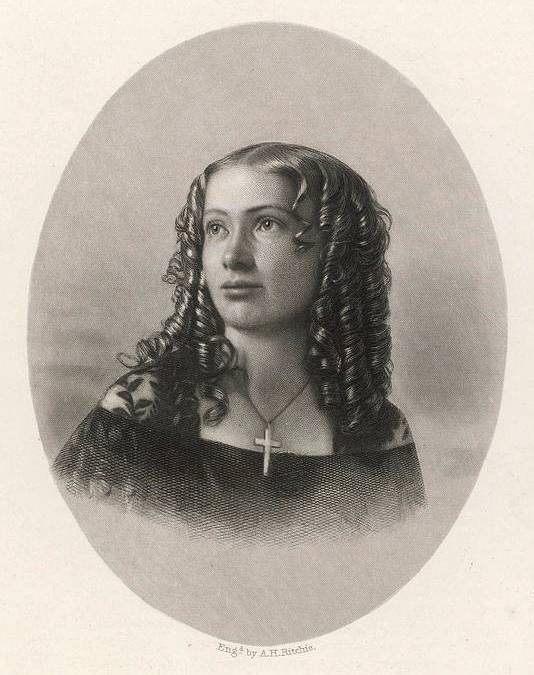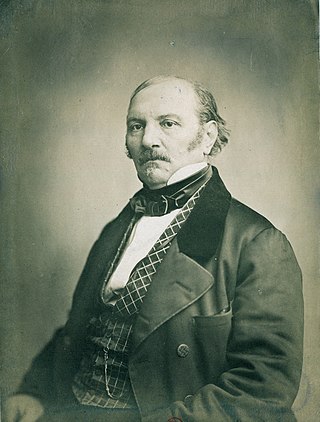
Spiritism, spiritist doctrine, Kardecism or Kardecist spiritism is a spiritualistic and reincarnationist doctrine established in France in the mid-19th century by the author and educator Allan Kardec. It explains, from a Christian perspective, the cycle by which a spirit supposedly returns to material existence after the death of the old body in which it dwelled, as well as the evolution it undergoes during this process. The concept also interacts with philosophical and scientific conceptions of the relationship between the physical and the moral. Kardecism emerged as a new religious movement branched from the spiritualistic field, the notions and practices associated with spiritual communication disseminated throughout North America and Europe since the 1850s.

Spiritualism was a social religious movement in the nineteenth century, according to which an individual's awareness persists after death and may be contacted by the living. The afterlife, or the "spirit world", is seen by spiritualists not as a static place, but as one in which spirits continue to evolve. These two beliefs—that contact with spirits is possible, and that spirits are more advanced than humans—lead spiritualists to the belief that spirits are capable of providing useful insight regarding moral and ethical issues, as well as about the nature of God. Some spiritualists will speak of a concept which they refer to as "spirit guides"—specific spirits, often contacted, who are relied upon for spiritual guidance. Emanuel Swedenborg has some claim to be the father of Spiritualism. Spiritism, a branch of spiritualism developed by Allan Kardec and today practiced mostly in Continental Europe and Latin America, especially in Brazil, emphasizes reincarnation.

A séance or seance is an attempt to communicate with spirits. The word séance comes from the French word for "session", from the Old French seoir, "to sit". In French, the word's meaning is quite general: one may, for example, speak of "une séance de cinéma". In English, however, the word came to be used specifically for a meeting of people who are gathered to receive messages from ghosts or to listen to a spirit medium discourse with or relay messages from spirits. In modern English usage, participants need not be seated while engaged in a séance.

The Spiritualist Association of Great Britain is a British spiritualist organisation. It was established on 10 July 1872.

Lily Dale is a hamlet, connected with the Spiritualist movement, located in the Town of Pomfret on the east side of Cassadaga Lake, next to the Village of Cassadaga. Located in southwestern New York State, it is one hour southwest of Buffalo, halfway to the Pennsylvania border.
A spirit guide, in Western spiritualism, is an entity that remains as a discarnate spirit to act as a guide or protector to a living incarnated individual.
A spiritualist church is a church affiliated with the informal spiritualist movement which began in the United States in the 1840s. Spiritualist churches are now found around the world, but are most common in English-speaking countries, while in Latin America, Central America, Caribbean and Sub-Saharan Africa, where a form of spiritualism called spiritism is more popular, meetings are held in spiritist centres, most of which are non-profit organizations rather than ecclesiastical bodies.

Mediumship is the practice of purportedly mediating communication between familiar spirits or spirits of the dead and living human beings. Practitioners are known as "mediums" or "spirit mediums". There are different types of mediumship or spirit channelling, including séance tables, trance, and ouija.

The Spiritualists' National Union (SNU) is a Spiritualist organisation, founded in the United Kingdom in 1901, and is one of the largest Spiritualist groups in the world. Its motto is Light, Nature, Truth.
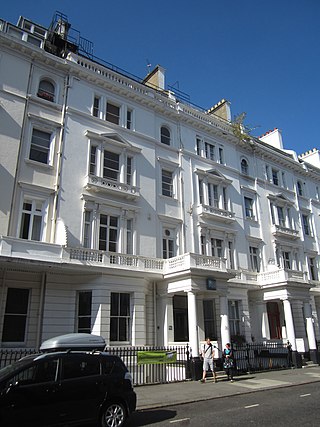
The College of Psychic Studies is a non-profit organisation based in South Kensington, London. It is dedicated to the study of psychic and spiritualist phenomena.
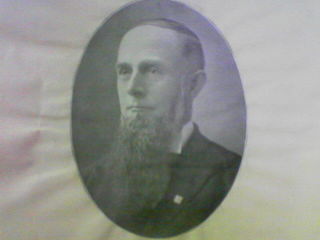
Benjamin Fish Austin was a nineteenth-century Canadian educator, Methodist minister, and spiritualist. He served as the principal of Alma College girls' school from 1881 to 1897 during which time that institution was regarded as one of the most prestigious centres of female education in Canada. Austin served the Methodist Church for many years as an educator and minister but was expelled from that organisation in 1899 for being a proponent of the Spiritualist movement. He went on to become a renowned spiritualist in Canada and the United States, publishing many books and editing the Rochester and later Los Angeles-based spiritualist magazine Reason.
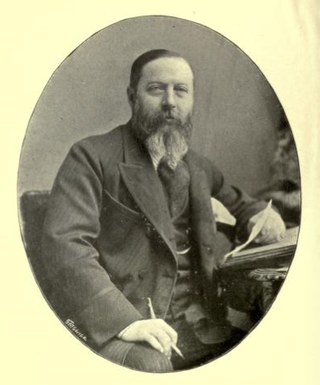
William Stainton Moses was an English cleric and spiritualist medium. He promoted spirit photography and automatic writing, and co-founded what became the College of Psychic Studies. He resisted scientific examination of his claims, which have generally been demolished.
The spirit world, according to Spiritualism, is the world or realm inhabited by spirits, both good or evil of various spiritual manifestations. This spirit world is regarded as an external environment for spirits. The Spiritualism religious movement in the nineteenth century espoused a belief in an afterlife where individual's awareness persists beyond death.Although independent from one another, both the spirit world and the physical world are in constant interaction. Through séances, trances, and other forms of mediumship these worlds can consciously communicate with each other.
The Seybert Commission was a group of faculty members at the University of Pennsylvania who in 1884–1887 investigated a number of respected spiritualist mediums, uncovering fraud or suspected fraud in every case that they examined.
Lloyd Kenyon Jones was an American journalist, lecturer, and author who was raised in Wisconsin and became associated with the religion of Spiritualism during the early 20th century.
Spiritualism is a metaphysical belief that the world is made up of at least two fundamental substances, matter and spirit. This very broad metaphysical distinction is further developed into many and various forms by the inclusion of details about what spiritual entities exist such as a soul, the afterlife, spirits of the dead, deities and mediums; as well as details about the nature of the relationship between spirit and matter. It may also refer to the philosophy, doctrine, or religion pertaining to a spiritual aspect of existence.

The spiritual church movement is an informal name for a group of loosely allied and also independent Spiritualist churches and Spiritualist denominations that have in common that they have been historically based in the African American community.

Jack Webber (1907–1940) was a Welsh spiritualist medium.

Thomas Everitt (1823–1905) and Mrs Thomas Everitt (1825–1915) were prominent British spiritualists.
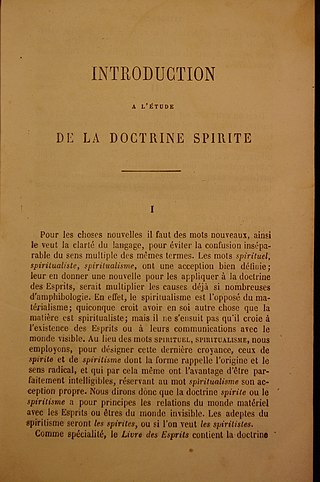
The term "Spiritism" emerged as a neologism created by the French educator Hippolyte Léon Denizard Rivail to specifically name the body of ideas systematized by him in "The Spirits' Book" (1857). Due to the existence of several commonalities, the terms "Spiritism" and "Spiritualism" have often been inappropriately used as synonyms.
